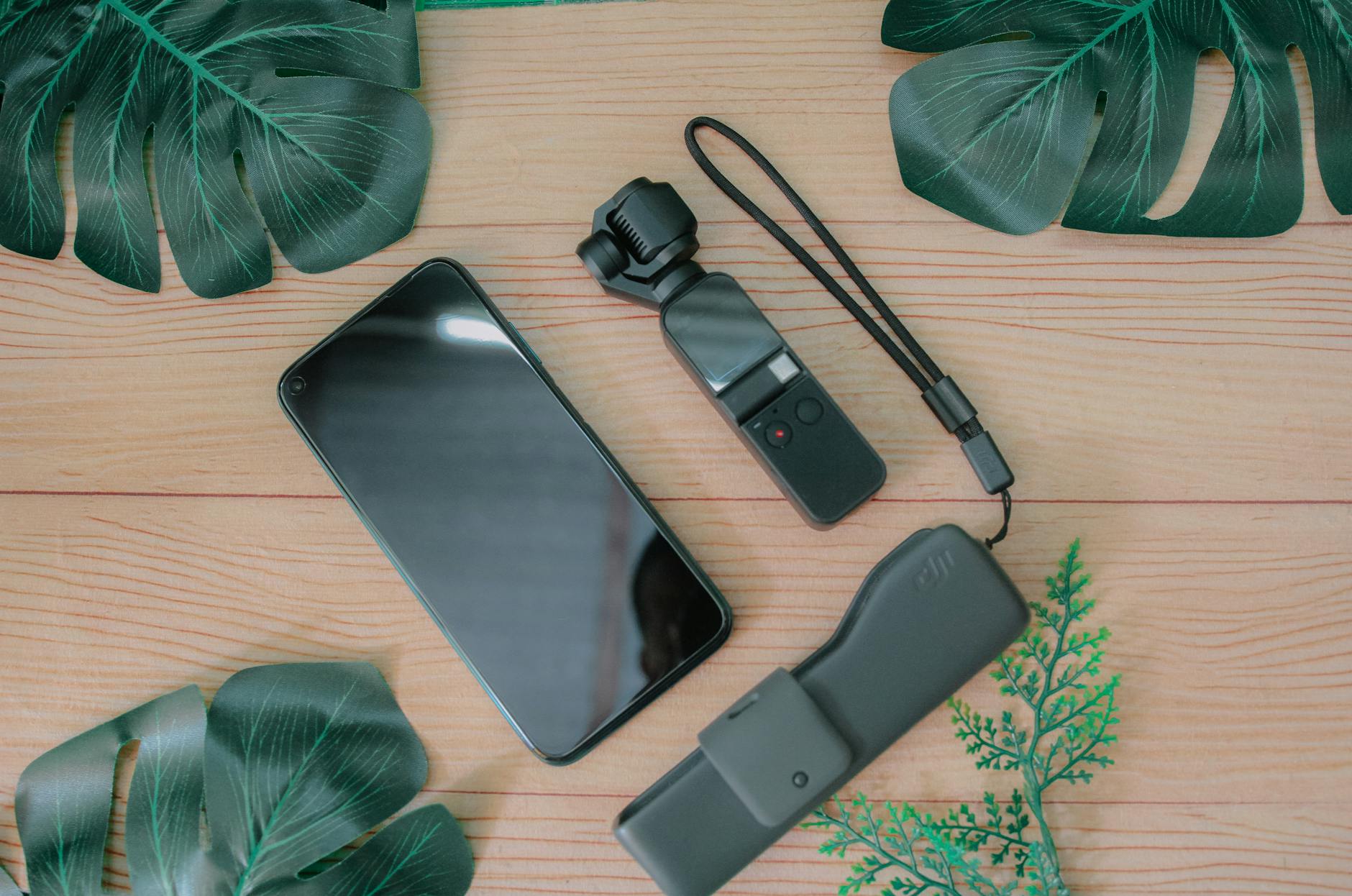Unlock the Possibilities: Step-by-Step Guide to Making a Windows 11 Bootable USB

Discover the secrets to creating a Windows 11 bootable USB in just a few simple steps. Unleash the power of possibility today!
Table of Contents
As technology continues to advance, the ability to test and experience different operating systems becomes increasingly important. With the recent release of Windows 11, many users are eager to explore its features and functionalities. One popular method to do so is by creating a bootable USB drive that allows you to run Windows 11 on various devices. In this blog post, we will provide you with a detailed step-by-step guide on how to make a Windows 11 bootable USB, unlocking a world of possibilities for your digital experiences.
Setting Up a Windows 11 Bootable USB
Creating a bootable USB drive for Windows 11 is a straightforward process that requires a few tools and software. Before getting started, ensure you have a USB drive with sufficient storage capacity (at least 8GB) and a Windows 11 ISO file. Here's how you can make a Windows 11 bootable USB:
1. Download a reliable tool like Rufus or Windows USB/DVD Download Tool.
2. Insert your USB drive into a computer with Windows 10 or above.
3. Open the chosen tool and select the Windows 11 ISO file.
4. Choose the USB drive you want to use as the bootable device.
5. Click "Start" or "Create" to begin the process of making the USB bootable.
Benefits of Using a Windows 11 Bootable USB
Having a Windows 11 bootable USB offers numerous advantages for users who want to explore the operating system without committing to a full installation. Some key benefits include:
- Portability: You can run Windows 11 on any device that supports booting from a USB drive, making it convenient for testing on multiple machines.
- Safety: Running Windows 11 from a USB drive ensures that your system remains untouched, protecting your existing data and files.
- Flexibility: With a bootable USB, you can easily switch between different operating systems without affecting your primary setup.
Troubleshooting and Optimization
While creating a Windows 11 bootable USB is a relatively simple process, you may encounter issues or wish to optimize performance. Here are some troubleshooting tips and optimization techniques to help you make the most out of your bootable USB:
| Step | Description |
|---|---|
| 1 | Download the Windows 11 ISO file from the official Microsoft website. |
| 2 | Insert a USB drive with a minimum of 8GB capacity into your computer. |
| 3 | Open the Windows 11 ISO file using a software like WinRAR or 7-Zip. |
| 4 | Run the Rufus tool and select the Windows 11 ISO file as the Boot Selection. |
| 5 | Choose the USB drive as the Device and click Start to create the bootable USB. |
| 6 | Wait for the process to complete and safely eject the USB drive. |
| 7 | Your Windows 11 bootable USB is now ready for use! |
- Ensure that the USB drive is formatted correctly before creating the bootable device to avoid any compatibility issues.
- Check the BIOS settings of your computer and enable booting from USB to ensure the system recognizes the bootable drive.
- In case of errors during the booting process, reformat the USB drive and try creating the bootable device again with a different tool.
- Optimize the performance of Windows 11 on the bootable USB by minimizing background processes and unnecessary applications running simultaneously.
Conclusion
Creating a Windows 11 bootable USB opens up a world of possibilities for users who want to explore the latest operating system without making permanent changes to their devices. Whether you are a developer looking to test applications or an enthusiast eager to experience the new features of Windows 11, a bootable USB provides a versatile and convenient solution. By following our step-by-step guide and optimizing your bootable USB setup, you can unlock endless opportunities for learning and experimentation in the digital realm.
FAQ
Can I use a Mac to create a Windows 11 bootable USB?
Yes, you can use tools like Boot Camp Assistant or third-party software like UNetbootin to create a Windows 11 bootable USB on a Mac.
Do I need to purchase a Windows 11 license to use the bootable USB?
No, you can create and use a Windows 11 bootable USB for testing purposes without purchasing a license. However, you will need a license for full installation and activation.
Can I run Windows 11 from the bootable USB on any computer?
Yes, as long as the computer supports booting from a USB drive, you can run Windows 11 from the bootable USB on various devices without affecting the existing operating system.
How much storage space is required for the Windows 11 ISO file?
The Windows 11 ISO file typically requires around 4-5 GB of storage space. Ensure your USB drive has at least 8 GB of space to accommodate the ISO file and create a bootable USB successfully.


